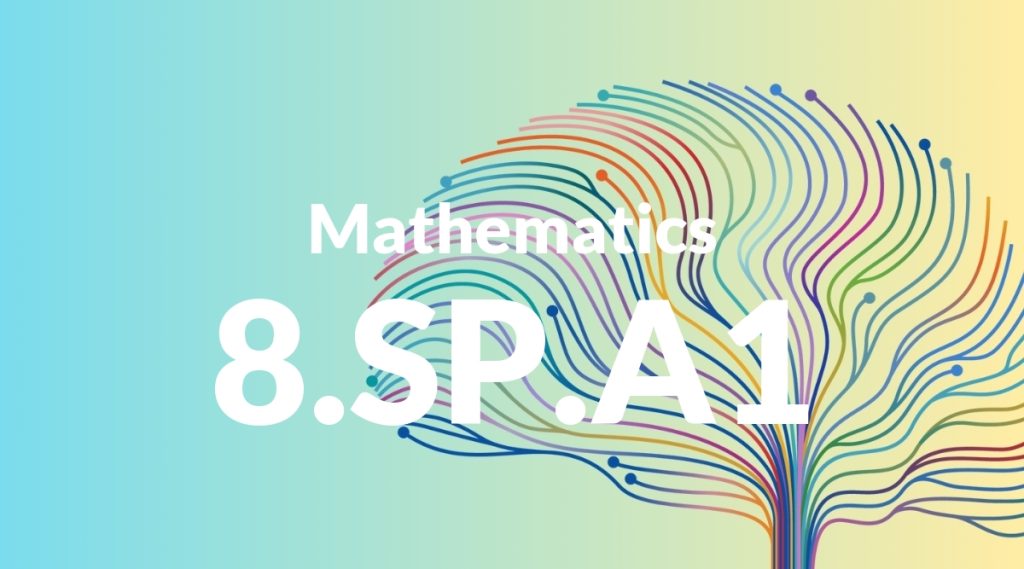Standard: 8.SP.A1 – Construct and interpret scatter plots for bivariate measurement data to investigate patterns of association between two quantities. Describe patterns such as clustering, outliers, positive or negative association, linear association, and nonlinear association.
Grade level: Grade 8
Subject: Mathematics
Domain: Statistics & Probability
Teacher Overview
This standard focuses on helping students understand how to construct and interpret scatter plots to investigate relationships between two variables. It is crucial for developing students’ abilities to analyze data and recognize patterns, which are foundational skills in statistics and probability. Students need to be comfortable with plotting points on a coordinate plane and interpreting simple graphs. They should also understand basic concepts of variables and data sets.
Students will develop the ability to analyze more complex data sets, make predictions using statistical tools, and understand the implications of different types of associations in various contexts.
Common Misconception 1
Some students may believe that for a scatter plot to show a relationship, all points must form a perfect line. This is incorrect because relationships can be identified even if the points are not perfectly aligned.
Intervention 1
Provide examples of scatter plots with clear patterns that are not perfectly linear to show students that associations can still be recognized without perfect alignment.
Common Misconception 2
Students might think that outliers should always be ignored or removed. This is incorrect because outliers can provide important information about the data set and should be analyzed in context.
Intervention 2
Teach students to analyze outliers to understand their impact on the data set and the importance of considering them in context.
Prerequisite Knowledge
Students should have a basic understanding of graphing on a coordinate plane, including plotting points and interpreting simple graphs. They should also be familiar with the concepts of variables and data sets.
Subsequent Knowledge
After mastering this standard, students will be able to analyze more complex data sets, use statistical tools to make predictions, and understand the implications of different types of associations in real-world contexts.
Instructional Activities
- Create scatter plots using real-world data sets and identify patterns of association.
- Analyze scatter plots to determine the type of association present (positive, negative, linear, nonlinear).
- Discuss the significance of outliers and how they affect the interpretation of data.
- Use technology tools (e.g., graphing calculators, software) to construct and analyze scatter plots.
- Engage in group projects to collect and analyze bivariate data from students’ own experiences.




